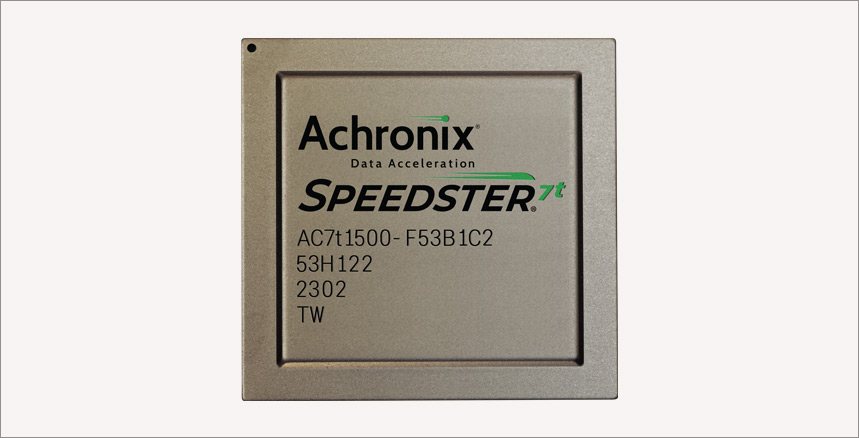
By the time that the founders of Achronix, who were all techies from Cornell University, decided to found their own FPGA company twenty years ago, FPGAs had already been in the field for twenty years and the market was dominated by Xilinx (now part of AMD) and Altera (still part of Intel until it gets spun out sometime in the future).
But any market, no matter how established, always admits and rewards true innovation, and Achronix is still at it, providing value with its own twists on the FPGA theme. And interestingly, Achronix was funded back in 2004 with $1.2 million of its four founders – Rajit Manohar, John Lofton Holt, Virantha Ekanayake, and Clinton Kelly – and remains a privately held company to this day, providing it degrees of freedom that public companies never have because they always have Wall Street breathing down their necks, compelling more short-term thinking than is probably wise.
As is well know here at The Next Platform, we think that FPGAs are an important element in the computing spectrum, and we also think that given the end of Moore’s Law having devices be malleable is a way to extract more value out of them over a longer period of time and therefore is its own kind of economic imperative. We understand why Intel and AMD wanted to control FPGAs, and we also understand why it is important for a third option in this important market – one that not only sells its Speedster FPGA devices, but which also sells SmartNICs based on those FPGAs as well as IP blocks that allow other chip designers to embed FPGA functionality into their own ASICs.
To take the pulse of the FPGA market, we sat down and had a boisterous chat with Bob Siller, senior director of product marketing at Achronix. Before joining Achronix in 2019, Siller spent nearly five years at Intel driving marketing and sales and before that spent nearly 16 years at Altera, starting out as an application engineer and eventually rising up through the ranks to be its corporate director of marketing in charge of program management, marketing, and communications. It would be hard to find someone more informed about the FPGA market these days.
Among the many things we talked about with Siller, the important question we had related to Generative AI. Everybody on Earth is looking for compute engines that can do large language model training and inference for generative AI, and we wanted to know what Achronix can do for LLMs and how does the Speedster FPGA stack up to the latest datacenter GPUs from Nvidia and AMD. If you want to know the answer to that question, you have to listen the interview.

